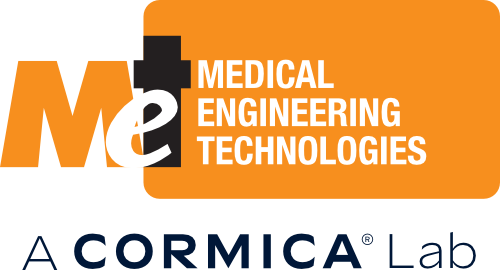Wound treatment demands a variety of properties from dressings: absorbency, moisture vapour transmission and, for comfort, conformability. In some situations, a waterproof dressing is required, and strike-through of exudates is generally undesirable. Other performance aspects are anti-microbial properties and odour control.
The laboratories at MET provide a complete suite of testing to EN standards:
EN 13726-1:
Non-active medical devices: test methods for primary wound dressings - Part 1 - Aspects of absorbency. Testing is normally carried out to both EN and BP methods. This gives information on the quantity of fluid a dressing can absorb and its fluid retention properties when compressed.
EN 13726-2:
Non-active medical devices: test methods for primary wound dressings - Part 2 - Moisture vapour transmission rate of permeable film dressings. MVTR forms an important part of the fluid handling properties of a dressing. It influences both the hydration of the wound and that of surrounding tissues, where maceration may be a problem.
EN 13726-3:
Non-active medical devices: test methods for primary wound dressings - Part 3 - Waterproofness. Avoids strike-through of blood or other fluids and measures the pressure of water required to penetrate the dressing.
EN 13726-4:
Non-active medical devices: test methods for primary wound dressings - Part 4 - Conformability. How comfortable is a dressing to wear? Conformability measures the resistance to stretching and the ability of the dressing material to return to its original shape.
EN 13726-6:
Non-active medical devices: test methods for primary wound dressings - Part 6 - Odour control Control. This can be very important for the dignity of patients. MET has developed a method of analysis using gas chromatography and mass-spectroscopy to quantify the effectiveness of dressings in absorbing odour.
